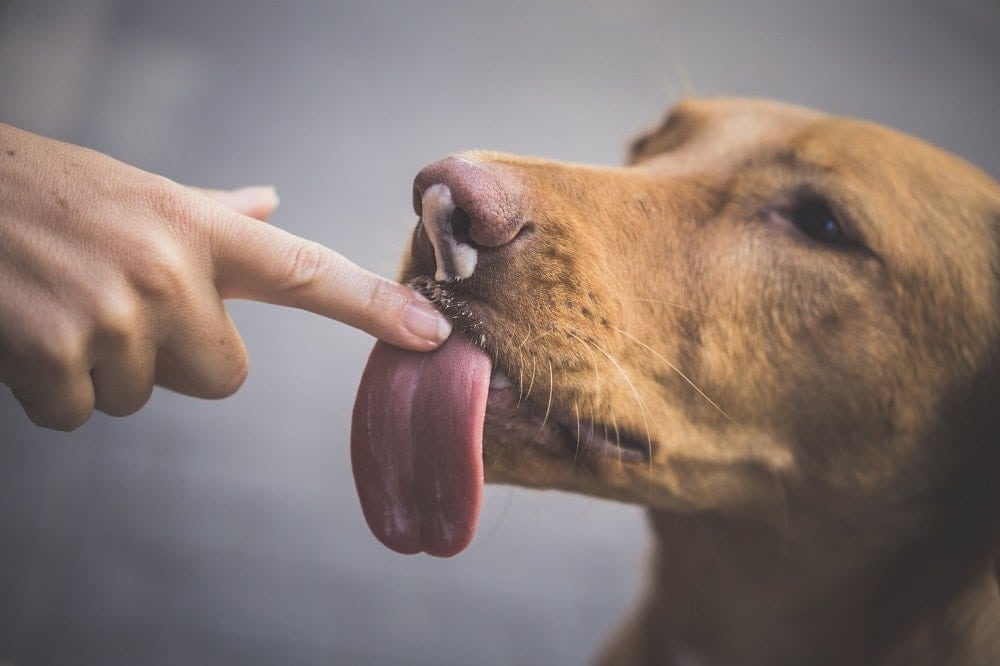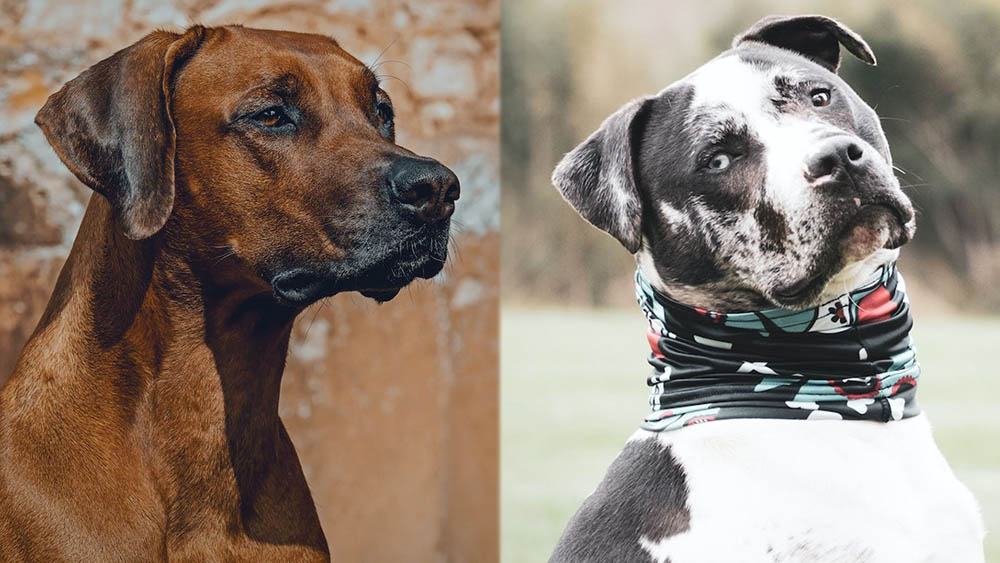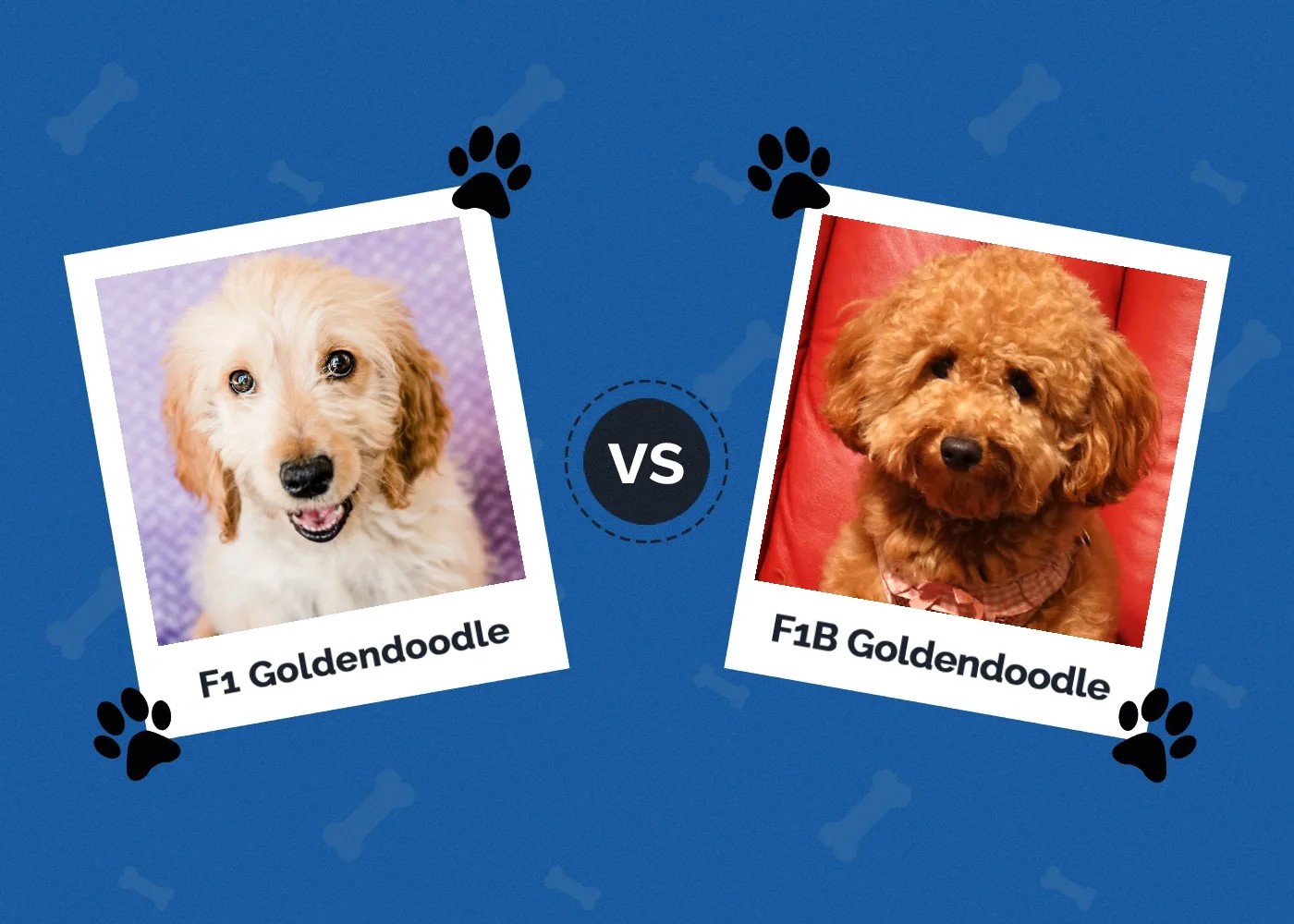What Do Dogs Do When They Smell Cancer? 4 Behaviors to Observe

Updated on

Many of us have heard fascinating stories of dogs warning their owners of unseen dangers to protect them, as well as their ability to sense if their owner is in pain. Among these amazing stories are ones where dogs are able to detect cancer!
Dogs have a superior sense of smell and are able to detect specific odor signatures and determine if their owner is unwell. But how do they detect illness, especially cancer? Due to the differences in personalities, all dogs can exhibit a variety of behaviors when detecting cancer.
In this article, we will discuss the common tendencies of dogs when they do smell cancer.
How Do Dogs Smell Cancer?
Dogs’ sense of smell is said to be over 10,000 times more sensitive and powerful than humans. Dogs have around 300 million olfactory receptors in their noses, while humans only have about 6 million. This grants dogs the ability to accurately detect and distinguish scents at much lower concentrations than humans can.
Dogs are able to use their sense to find missing persons, drugs, explosive, and even illnesses, such as cancer. Like other tasks that involve detection with their sense of smell, dogs can be trained to detect cancer.
Though the exact mechanism by which dogs are able to detect cancer is not yet fully understood, it is believed that tey are able to pick up on volatile organic compounds (VOCs) that are released by cancer cells. These VOCs are present in very low concentrations, but dogs are able to detect them through samples of blood, urine, breath, and even through the skin.
While more research is needed to fully understand how dogs are able to detect cancer, it is clear that they have the potential to be a valuable tool in the early detection of different cancers. Below are four ways in which dogs indicate detection of cancer in people.

The 4 Behaviors to Observe
1. Looking and Touching Specific Body Parts
If you find your dog intently looking at specific body parts, or even pawing and touching them, it could mean they are detecting something. While this may be a simple sign of affection, repetition of this behavior may be a sign that they are indeed detecting something.
For example, if the dog is trained to detect breast cancer, it may touch or nudge the breast area with its nose or paw when it detects the odor of cancer. The dog may also look at the breast area with intense focus. Dogs have been able to accurately detect cancer in early stages, making them a potentially valuable tool for early cancer detection.
2. Licking Lesions
Dogs can impulsively attempt to lick malignant spots or lesions if they do detect cancer. However, this behavior of licking a malignant spot is usually only displayed if the lesion is visible on the skin, and is therefore not a common indicator of detection.
Though not an accurate and reliable behavior to suggest cancer detection, as it may simply be a dog’s display of concern or affection, repetitive instances paired with other changes in body language can indicate that a dog indeed smells something in that specific spot or lesion.

3. Changes in Body Language
Another way that dogs show they’ve detected cancer is through changes in behavior, such as an increase in barking and whining. With their superior sense of smell, dogs are able to detect subtle changes in scent that are associated with cancer. With this, they may be able to detect tiny changes in the chemicals produced by cancerous cells. Your dog may already smell cancer and exhibit changes in their behavior, even before symptoms of cancer are experienced by the individual.
Another explanation is that dogs are able to sense changes in the body language or demeanor of individuals with cancer. Cancer can often cause fatigue, pain, and other physical symptoms that may alter an individual’s usual body language. Dogs, who are highly attuned to the emotional states of their owners, may be able to detect these changes and respond with increased barking and whining.
Although changes in behavior can mean a variety of things for dogs, it is important to pay attention to any unusual behavioral changes, as they may indicate something more serious. For example, if your dog exhibits an increase in barking or whining, it is important to consult with a veterinarian to determine the cause of the behavior change.
4. Increased Affection and Clinginess
Increased clinginess and affection towards you can be a sign that your dog is detecting cancer. As man’s best friend, dogs have a strong emotional connection with their owners, and may exhibit increased affection and clinginess as a way of providing comfort and support to their owner. This can include behaviors, such as constantly seeking physical contact, following their owner closely, and being more vocal in their display of affection.
It is important to pay attention to this behavior and to seek consultation if you have any concerns. It is always better to be safe than sorry, and your dog’s increased affection may be an indication that something is wrong.

Can Dogs Be Trained to Detect Cancer?
Even otherwise untrained house dogs can be trained to specifically detect cancer. This ability has been harnessed by trainers to teach dogs to detect the presence of cancer cells in the human body, and has been used by researchers as a supplemental tool for diagnosis.
There have been numerous studies conducted on the effectiveness of cancer-detection dogs, and while the results are mixed, many of these studies have found that dogs are able to detect cancer with a high degree of accuracy.
While dogs can be specifically trained to detect cancer, more research is needed to determine the extent of this ability, as well as dogs’ trainability in this task.
In Conclusion
Dogs, with their sensitive sense of smell, are able to detect cancer through specific odor signatures. They can display a variety of behaviors that can suggest the presence of cancer, but it is important to understand your dog’s personality and behaviors to determine if they are displaying anything unusual. They may be trying to tell you something through their changes in behavior or unusual mannerisms—so as dog owners, it is recommended that we listen!
Featured Image Credit: Tatyana Vyc, Shutterstock













